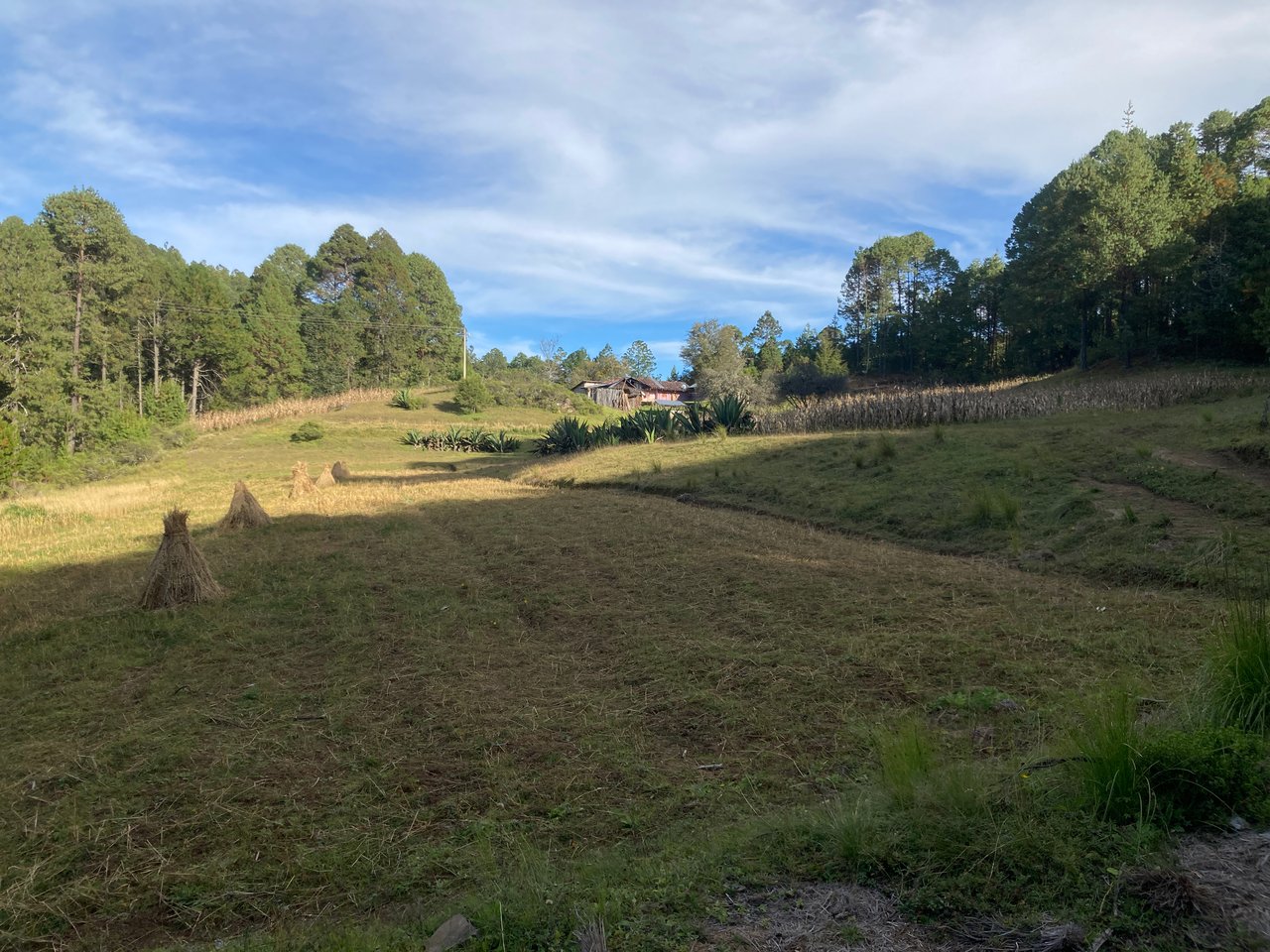MEXICO CITY (CN) — Lucio López Flores has always had his complaints about governmental support of small-scale grain farmers like himself. Costs like tractor rentals, fertilizers, fuel and labor make turning a profit from growing corn an untouchable pipe dream. He has gotten used to just getting by.
“To be honest, it is difficult to put food on the table,” said López Flores, 53, who recently spoke with Courthouse News during a break from harvesting white corn by hand on a small plot of nearly four acres near Tepetlixpa, Mexico State.
In recent years, he was elated by the hope that the agricultural programs of President Andrés Manuel López Obrador would change that. The month after he took office, López Obrador announced the creation of the state-owned company Segalmex, which aims to “promote the development of small and medium-sized producers,” according to the company’s website.
“Here, [small-scale] producers were abandoned to their own fates,” he said during a press conference to publicize the founding of Segalmex on Jan. 18, 2019. “No more, now there will be support for producers.”
But despite the hope his initiative inspired in the most vulnerable people in Mexico's agricultural sector, many farmers like López Flores feel let down after four years that have not looked very different from those under previous administrations.
Key to fulfilling that promise was the Segalmex price guarantee program, which, the policy states, is meant to favor “the producers and national regions that have the largest economic deficiencies.”
But López Flores has yet to see his economic situation improve in response to the Segalmex price controls. The costs of consumables like fertilizers and fuel for his truck are so high that he cannot afford to rent a harvester or threshing machine. The corn that he and his son Ricardo, 27, harvest by hand is taken to their home so that the whole family can help to separate the kernel from the cob.
Once the grain is ready to be sold, he will take it to the local Segalmex warehouse where he will be paid just under 7 pesos (US 38 cents) per kilogram. His costs will have run him around 5 pesos (27 cents) of that price, leaving him fewer than 2 pesos (11 cents) of profit per kilo.
“If you do the math, it doesn’t work out,” he said. “It’s enough to get by, but not enough to progress.”
Sitting across the truck bed from him in the rising heat of the morning sun, fellow farmer Crispín López Pérez, 67, agreed: “It’s not profitable.”

Their concerns represent those of small farmers across the country.
“Producers here do not see corn as an option for improving their economies, due to the costs of production and the sale price,” said Eloy Mireles, who grows corn in the state of Zacatecas. “The price in the warehouses must be raised.”
While the fixed price Segalmex warehouses pay for white corn has gone up slightly since 2019, it has not kept pace with rising inflation. It has risen only 24% from the 5.61 pesos per kilo it was paying in October 2019.
Inflation in Mexico, on the other hand, has gone from 3.02% in that month to 7.91% in January, an increase of over 160%, according to Mexico’s central bank. And the financial squeeze has been felt even harder in the agriculture and livestock industries. That sector’s inflation went from 3.82% in October 2019 to 9.93% last month, and saw rates as high as 16.17% in 2022.
“If the government is going to come in to protect the consumer from rising inflation, it should make and implement policies that compensate small-scale producers so that those costs don’t fall onto them,” said María Leticia López Zepeda, executive director of a rural development organization called ANEC.












